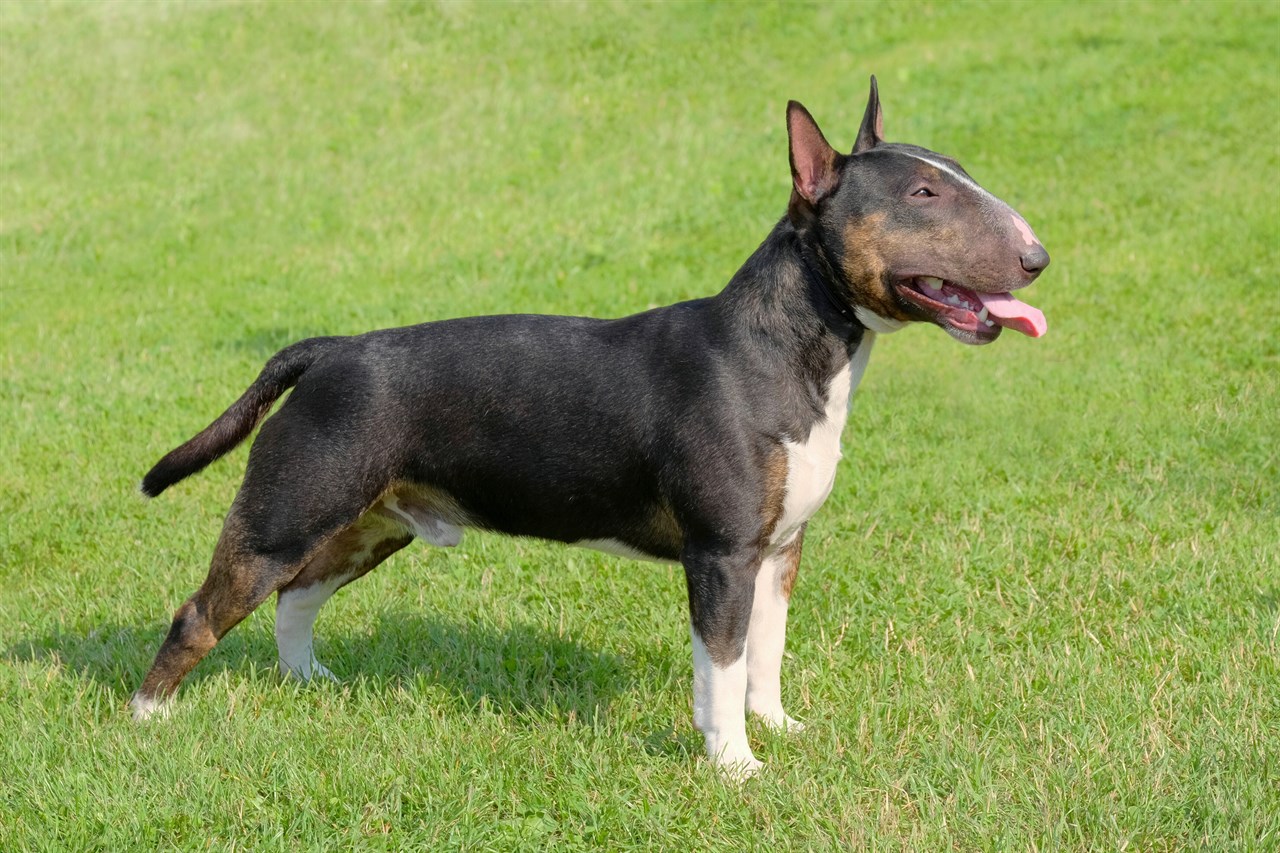Barking Habits of the Bull Terrier (Miniature)

Understanding the barking habits of Miniature Bull Terriers is essential for potential owners who want to ensure a peaceful living environment for themselves and their neighbours. Here's a look at their barking tendencies and answers to common questions related to their vocal behaviour.
Barking Habits
Miniature Bull Terriers are known for their assertive and vocal nature. They can bark for various reasons.
Alerting
Miniature Bull Terriers often bark to alert their owners to potential threats or unfamiliar noises. They have a protective instinct and make excellent watchdogs.
Playfulness
Like many terrier breeds, Miniature Bull Terriers can be quite playful and may bark during playtime or when they are excited.
Attention-Seeking
These dogs thrive on human interaction and may bark to get your attention or express their desire for companionship.
Boredom
Miniature Bull Terriers are intelligent and energetic dogs. If they become bored or under-stimulated, they may resort to barking as a way to relieve their restlessness.
Anxiety or Fear
Some individuals may bark when they are anxious, scared, or uncomfortable in a particular situation. Separation anxiety can also trigger excessive barking.
Territorial Behaviour
Miniature Bull Terriers can be territorial, and they may bark to establish their presence or defend their territory.
Are Bull Terriers talkative?
Miniature Bull Terriers can be considered talkative compared to some other breeds. Their natural protectiveness and alertness often lead to barking in response to various stimuli. However, the degree of talkativeness can vary among individual dogs.
Do miniature bull terriers bark a lot?
Miniature Bull Terriers have the potential to bark frequently, especially if they are not properly trained or if their needs for exercise and mental stimulation are not met. To manage their barking habits, it's essential to provide them with adequate physical activity, mental challenges, and training to respond to commands like "quiet" or "enough."
In summary, Miniature Bull Terriers are not known for excessive or unnecessary barking, but they are vocal when they feel the need to communicate. Owners can help control and manage their barking tendencies through training, socialisation, and providing a stimulating environment that keeps them mentally and physically engaged.
Bull Terrier (Miniature) puppies for sale
- Find Bull Terrier (Miniature) puppies for sale in ACT
- Find Bull Terrier (Miniature) puppies for sale in NSW
- Find Bull Terrier (Miniature) puppies for sale in NT
- Find Bull Terrier (Miniature) puppies for sale in QLD
- Find Bull Terrier (Miniature) puppies for sale in SA
- Find Bull Terrier (Miniature) puppies for sale in TAS
- Find Bull Terrier (Miniature) puppies for sale in VIC
- Find Bull Terrier (Miniature) puppies for sale in WA